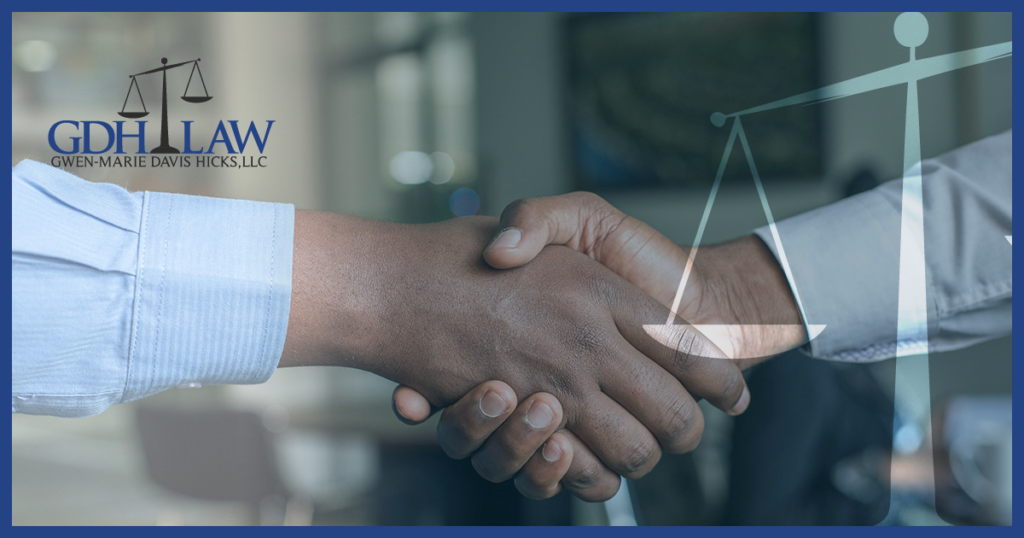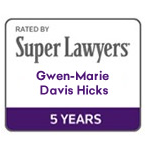
Injuries happen; it’s a fact of life, but when they’re preventable and a third party is at fault, they could be grounds for a legal claim. The Centers for Disease Control and Prevention (CDC) estimates that accidental injuries in 2022 alone caused 25.5 million emergency room visits and 224,935 fatalities, making it the fourth leading cause of death in the United States.
Personal injury cases can be complex, and understanding how settlements are paid out is crucial for those involved. If you’ve been injured in Maryland due to someone else’s negligence, you may be entitled to compensation.
However, the process of receiving your settlement involves several steps and considerations.
In this guide, we’ll delve into the specifics of how personal injury settlements are paid out in Maryland, shedding light on the legal framework, the practical aspects involved, and how a qualified personal injury lawyer can help.
Understanding Personal Injury Settlements
Before we delve into the payment process, let’s clarify what a personal injury settlement entails.
In essence, it’s an agreement reached between the injured party (plaintiff) and the at-fault party or their insurance company (defendant) to resolve a legal dispute outside of court. These settlements typically involve financial compensation for damages incurred due to the injury, such as medical expenses, lost wages, pain and suffering, and other related costs.
The Role of Insurance Companies
In many personal injury cases, the defendant’s insurance company plays a significant role in the settlement process. Insurance policies typically have coverage limits, which may impact the maximum amount paid in a settlement.
Insurance adjusters are tasked with evaluating the claim and negotiating a settlement on behalf of the insurer.
It’s important to remember that insurance companies are primarily motivated by their bottom line, so their initial settlement offers may be lower than what the injured party deserves.
Tax Implications
In most cases, personal injury settlements are not subject to federal taxes or state income taxes in Maryland.
This means that plaintiffs typically do not have to report their settlement proceeds as taxable income.
However, there are exceptions to this rule, particularly if the settlement includes compensation for non-physical injuries or punitive damages.
It’s advisable to consult with a tax professional or personal injury attorney to understand the specific tax implications of your settlement.
How Personal Injury Settlements Are Paid Out
The first step in the settlement process is determining the appropriate amount of compensation.
This often involves negotiations between the parties or their legal representatives. Factors such as the severity of the injury, financial damages, and the impact on the plaintiff’s quality of life (pain and suffering) are taken into account when calculating the settlement amount.
In some cases, expert opinions may be sought to assess the long-term implications of the injury and its financial ramifications.
Financial Damages
Financial damages in a personal injury lawsuit typically refer to the monetary losses incurred by the injured party due to the injury. These damages can include:
- Medical expenses
- Lost wages
- Loss of future earning capacity
- Property damage
- Additional expenses: This can include transportation costs for medical appointments, home modifications or accommodations for disabilities, and any other reasonable expenses directly related to the injury.
The exact calculation and determination of financial damages and case valuation can vary depending on the specific circumstances of the case, including the severity of the injury, the impact on the individual’s life, and applicable laws in the jurisdiction where the lawsuit is filed.
Pain and Suffering
Unlike economic damages (such as medical expenses or lost wages), pain and suffering damages are non-economic. They are intended to compensate the injured person for the intangible harm they have endured.
Pain and suffering can encompass a range of experiences, including:
- Physical pain
- Emotional distress, trauma, or anxiety
- Loss of enjoyment of life
- Loss of consortium
Calculating pain and suffering damages can be subjective. It may also vary depending on factors such as the severity of the injury, the duration of the pain and suffering, and the impact it has had on the individual’s life.
Courts may consider various factors, including medical records, expert testimony, and the individual’s own testimony, to determine an appropriate amount of compensation for pain and suffering in a personal injury case.
Payment Structure
Once a settlement amount is agreed upon, the next step is determining the payment structure.
In Maryland, personal injury settlements are typically paid out in a lump sum. This means that the entire settlement amount is paid to the plaintiff in one payment.
However, in some cases, structured settlements may be arranged, where the compensation is paid out in installments over a period of time. Structured settlements can provide a steady stream of income for the injured party, especially if they are unable to work due to their injuries.
Recipients of structured settlements may also have the option to transfer their payment rights.
Liens and Deductions
Before receiving their settlement funds, plaintiffs must address any outstanding liens or deductions that may apply to their case. Liens can arise from medical providers, health insurance companies, or government agencies seeking reimbursement for services provided or benefits paid out as a result of the injury.
Attorney’s fees and other legal costs may be deducted from the settlement amount before it is disbursed to the plaintiff.
Distribution of Funds
Once all liens and deductions have been resolved, the settlement funds are distributed to the plaintiff.
Depending on the circumstances of the case, the funds may be disbursed directly to the injured party or their attorney. Plaintiffs are then responsible for managing their settlement funds and using them to cover expenses related to their injury, such as medical bills, ongoing treatment, rehabilitation, and other necessary costs.
Navigating the process of receiving a personal injury settlement in Maryland can be daunting, but understanding how payments are made is essential for ensuring fair compensation.
From negotiating the settlement amount to addressing liens and deductions, each step plays a crucial role in the outcome.
By staying informed and seeking guidance from experienced legal professionals, injured parties can maximize their chances of securing a favorable settlement that adequately addresses their needs and expenses.












